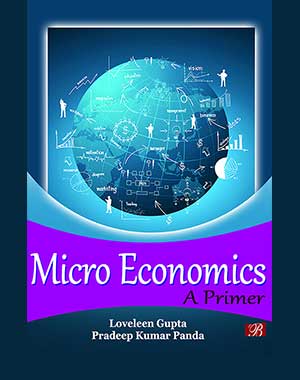
Micro Economics explains how people interact economically, understanding the relationship between people, supply and demand, markets, and efficiency. We will do this by first understanding the nature of the basics concepts of microeconomics, then proceeding to how these apply to specific types of situations. Microeconomic theory aims to model economic activities as the interaction of individual economic agents pursuing their private interests. Microeconomics is the branch of economics that focuses on the choices made by individual decision-making units in the economy - typically consumers and firms, and the impacts those choices have on individual markets. ... The chapters themselves are written using a “modular” format. In particular, chapters generally consist of three main content sections that break down a particular topic into manageable parts. Each content section contains not only an exposition of the material at hand but also learning objectives, summaries, examples, and problems. Our goal is to encourage active learning by including many examples and many problems of different types. The integrating theme for microeconomics is the marginal decision rule, a simple approach to choices that maximize the value of some objective. The well-known theoretical result is presented methodically and consistently as it is in this text.